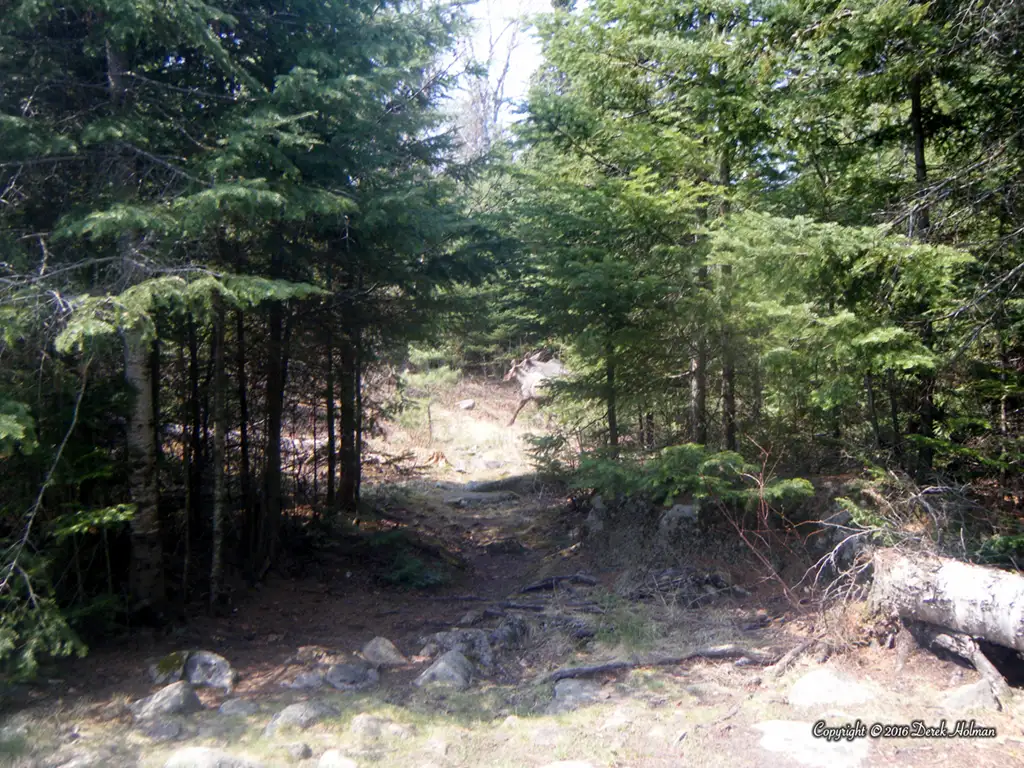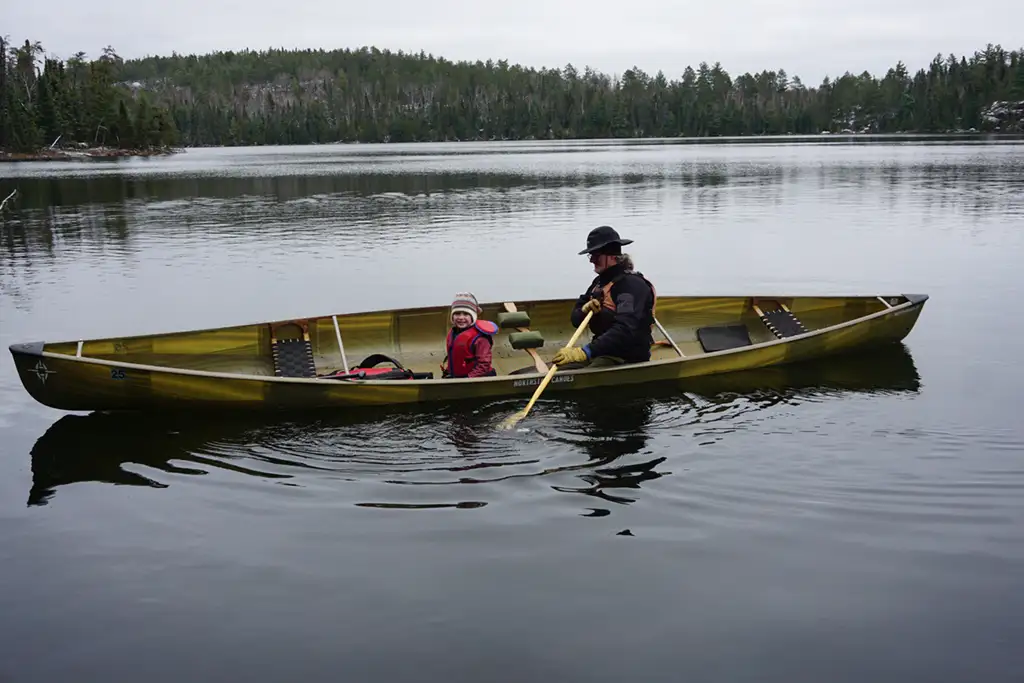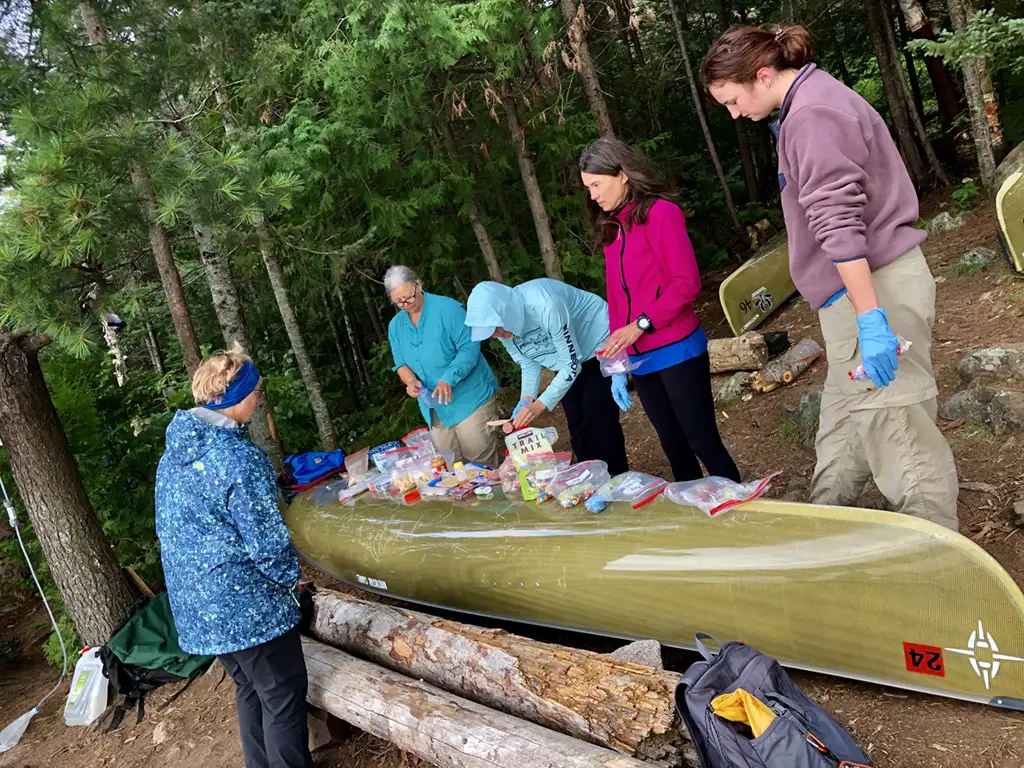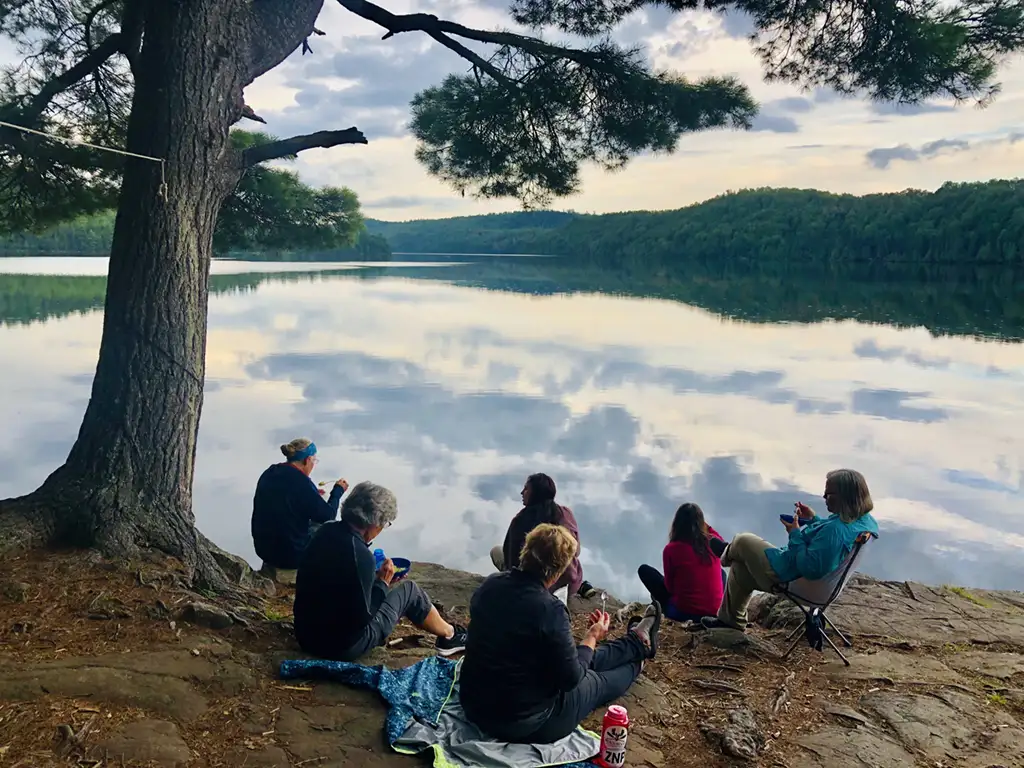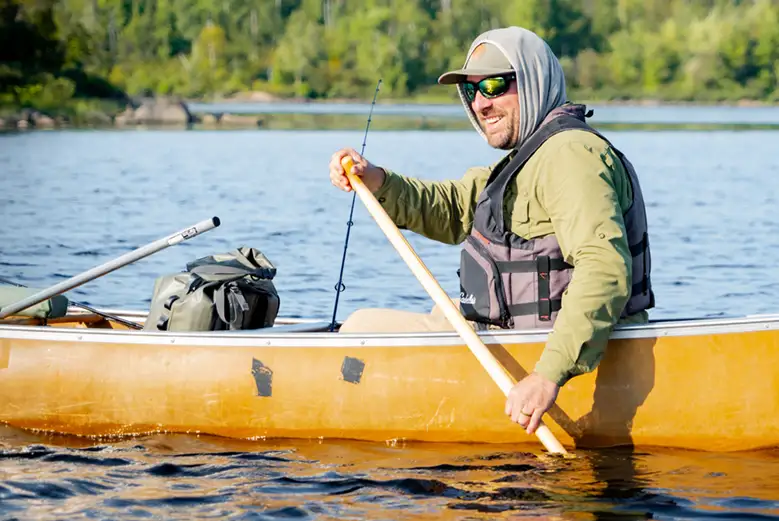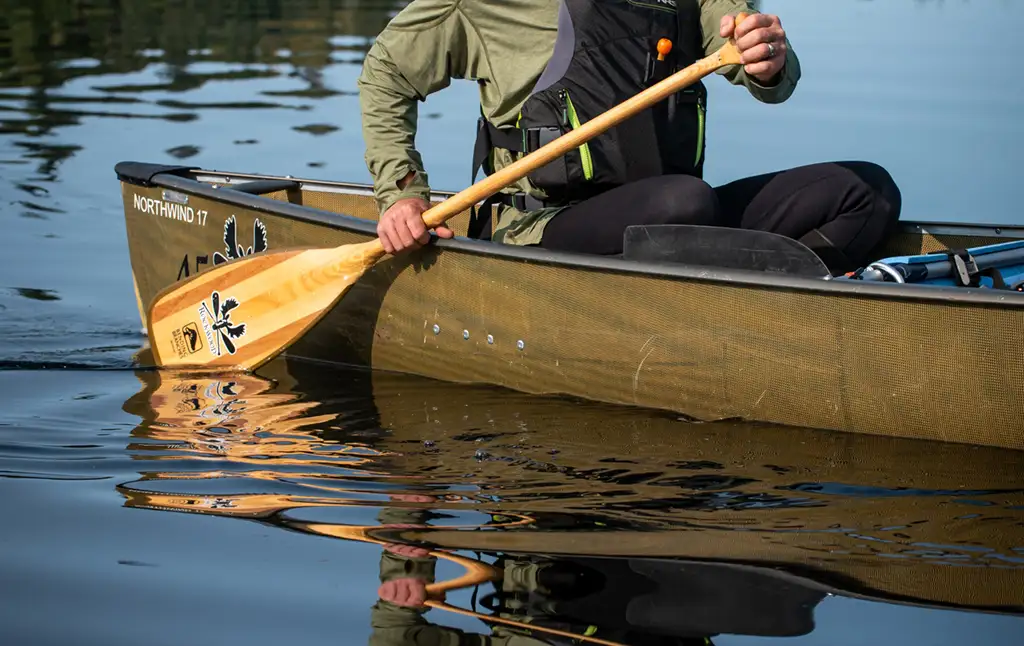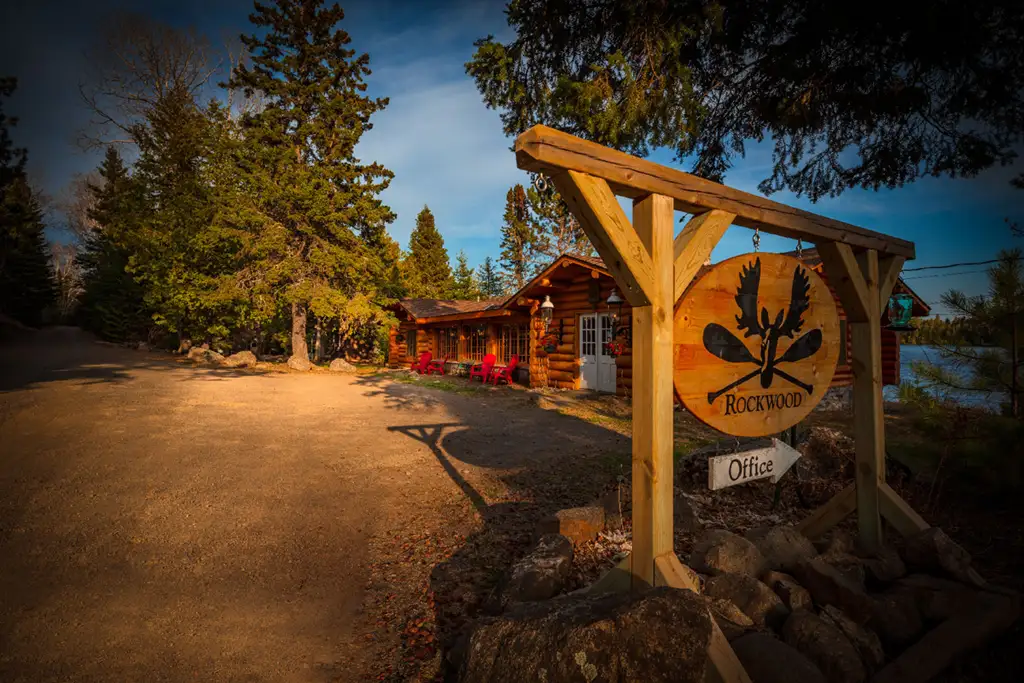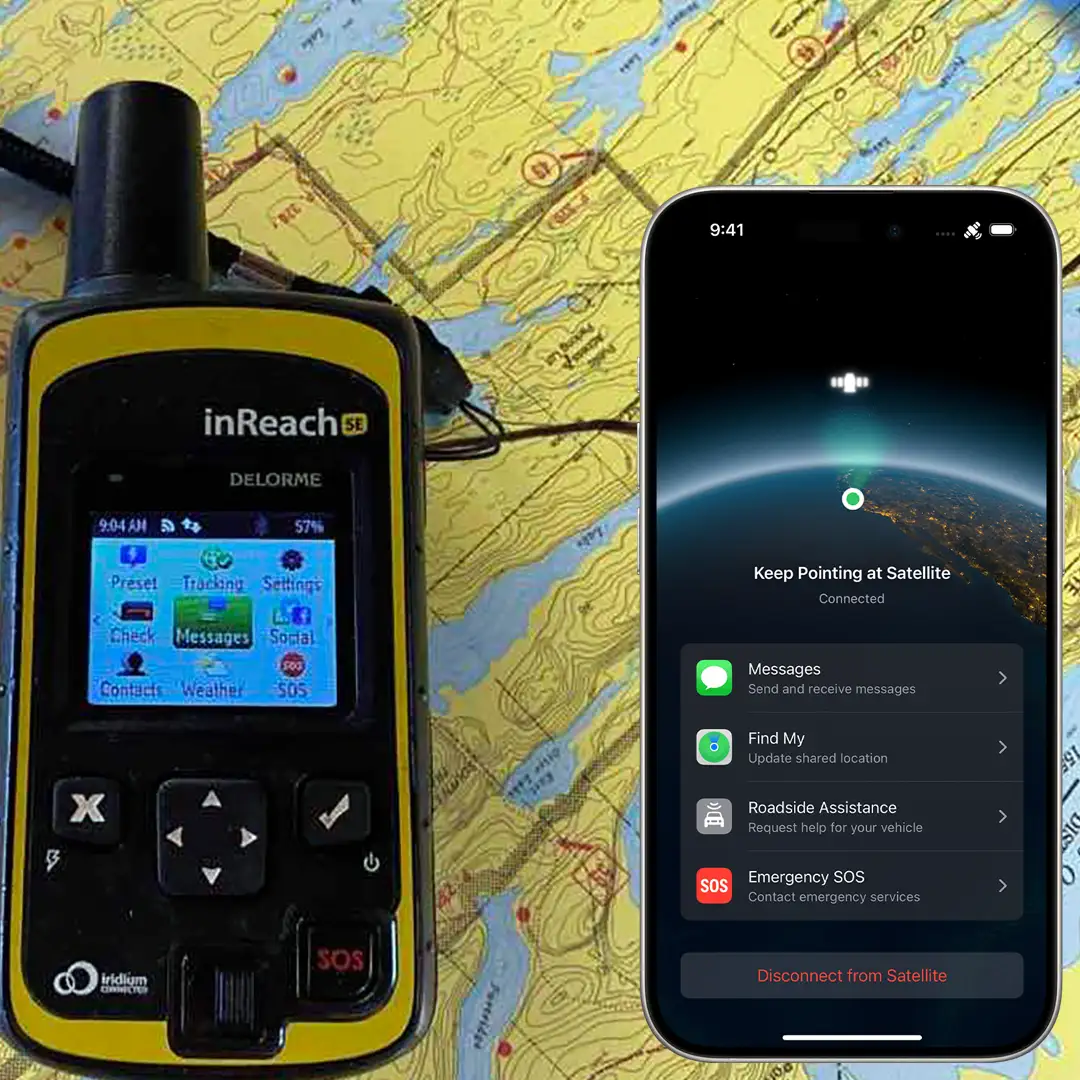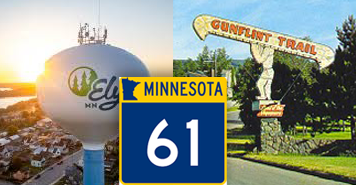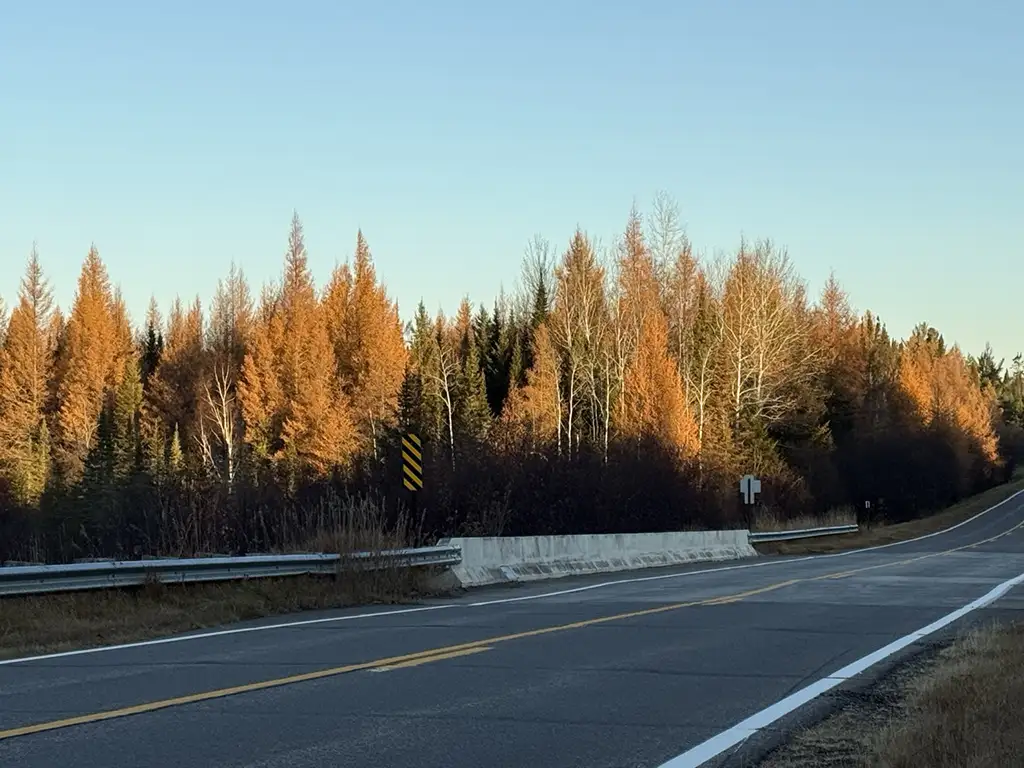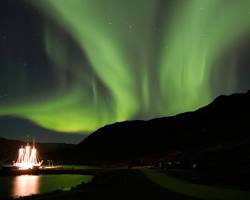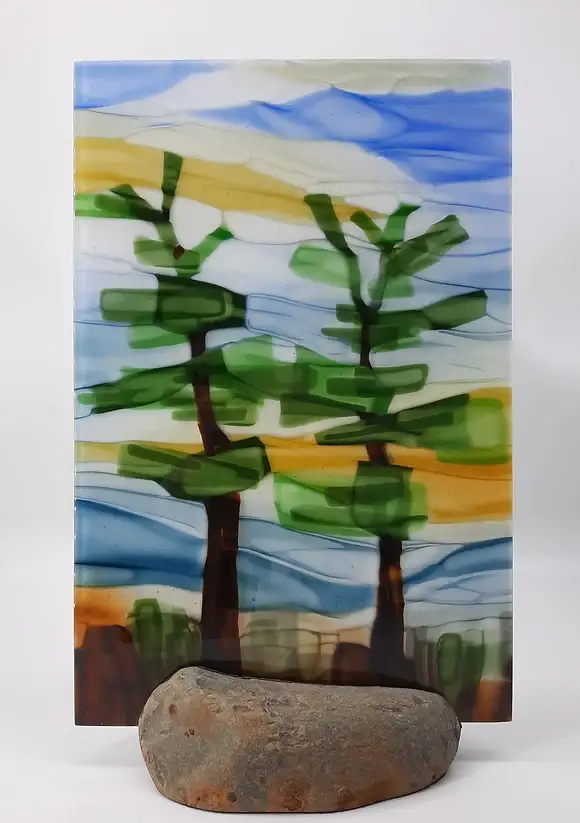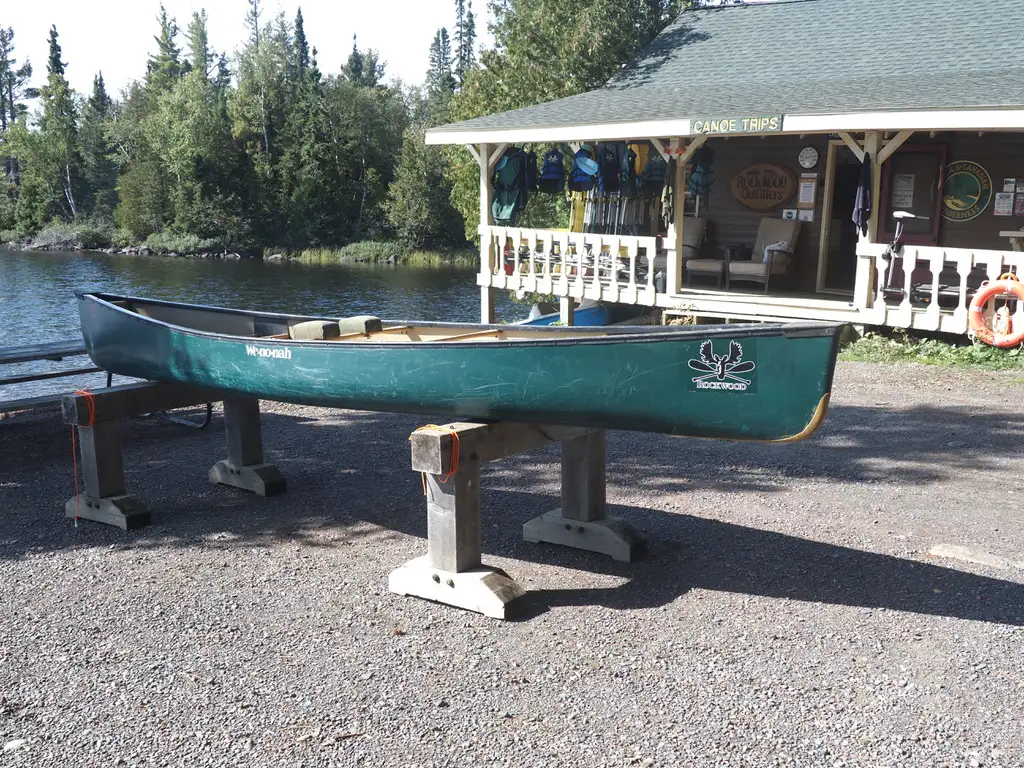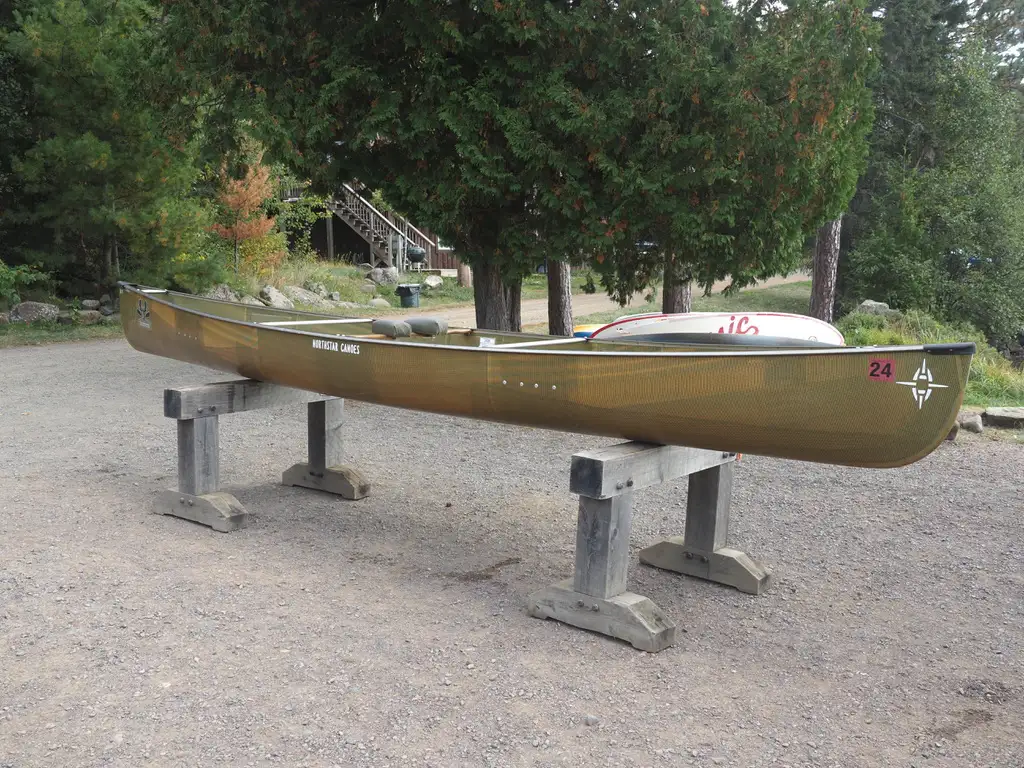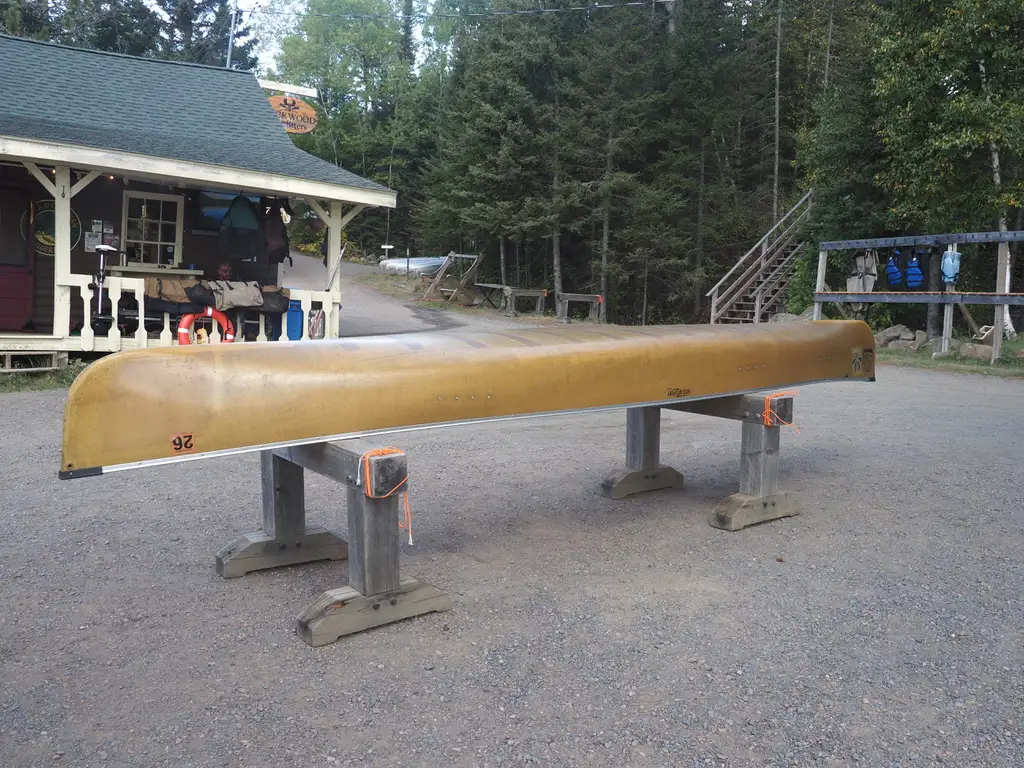Spring and Trees in the BWCAW
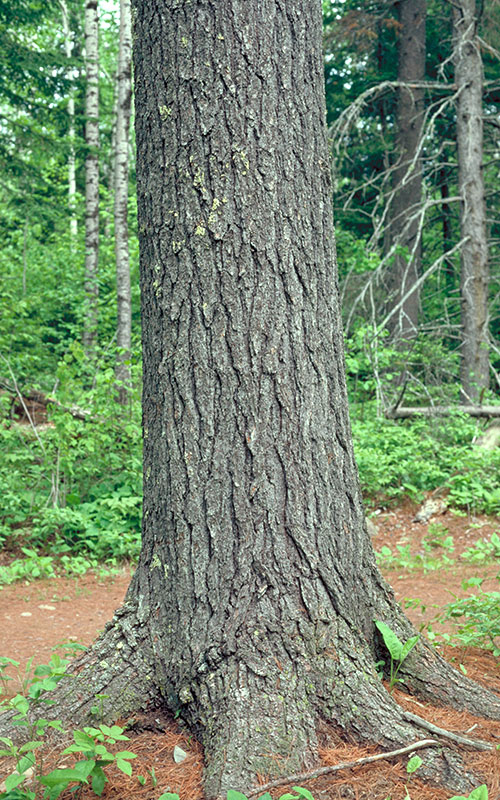
—
Exploring the BWCAW is not just a journey through hauntingly beautiful landscapes; it’s an opportunity to appreciate the iconic White Pine and the different tree species that make up our forest. Each, with its unique characteristics and role in the ecosystem, contributes to the environment that makes this wilderness area unique.
It’s springtime in the Boundary Waters Canoe Area Wilderness (BWCAW) and here at Rockwood Lodge—a busy time of renewal, new growth, and preparation for your next adventure.

The ice has gone out on Poplar Lake and much of the area along the Gunflint Trail.
Spring awakening in the Superior National Forest (SNF), encompassing the BWCAW, is fleeting but magical. It’s a testament to nature’s enduring cycle.
Many of us feel that the BWCAW is a cathedral. Its spires are the majestic White Pines still with us. They once dominated the landscape of the SNF. In the late 1800s, thousands of those princes of the conifer world were harvested for the lumber to build midwestern cities and towns. Today, the White Pine’s story in the Superior National Forest is one of resilience and restoration. Once on the brink of disappearance, these slow-growing giants are slowly reclaiming their place in the ecosystem.
A Presidential Proclamation in February 1909 officially created the SNF. Initially, 644,114 acres—much of it cut over or burned over lands nobody wanted—made up the SNF.
The BWCAW, officially created in 1978, boasts a beautiful and diverse boreal forest. It is estimated to contain 455,000 acres of old-growth forest—woods that may have burned but have never been logged. Before forest managers began fire suppression efforts during the 20th century, forest fires were a natural part of the Boundary Waters ecosystem, recurring every 30 to 300 years in most areas.
Logging has been prohibited in the BWCAW for decades.
The Eastern White Pine (Pinus strobus) is considered the tallest pine in the eastern U.S. They can live to be over 400 years old, although life expectancy is 200 years. In just 40 years, the White Pine can rise 60’ in the air. In maturity, they reach 80’ to 110’ in height and more than three feet in diameter. White Pines in virgin forests have grown to 150’ and are almost four feet in diameter.
True spires of our cathedral of the wilderness.
Historically, White Pines were found in majestic groves or stood out as individual titans in the forest. Their straight trunks and strong wood made them prized by loggers.
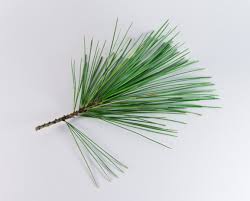
The White Pine is distinguished by its smooth, soft gray-green needles and gray-green bark. Its clusters of five needles will confirm its identity.
Other trees found in the BWCAW include red pine, jack pine, balsam fir, white spruce, black spruce, and white cedar. Deciduous trees, not to be forgotten, include birch, aspen, ash, and maple.
The forest here is waking from its winter slumber. We’ve had an exceptional decrease in snow cover this winter, which has increased fire danger.
Waterways have thawed, and the sound of returning birds means a return to canoeing adventures is right around the corner.
The crew at Rockwood Lodge is ready to help you plan and outfit a memorable BWCAW wilderness trip tailored to your wants and needs. And we welcome the chance to share the stately White Pines that rule the woods.
The cabins open next month, and you may check availability here or call us at 218-388-2242.

